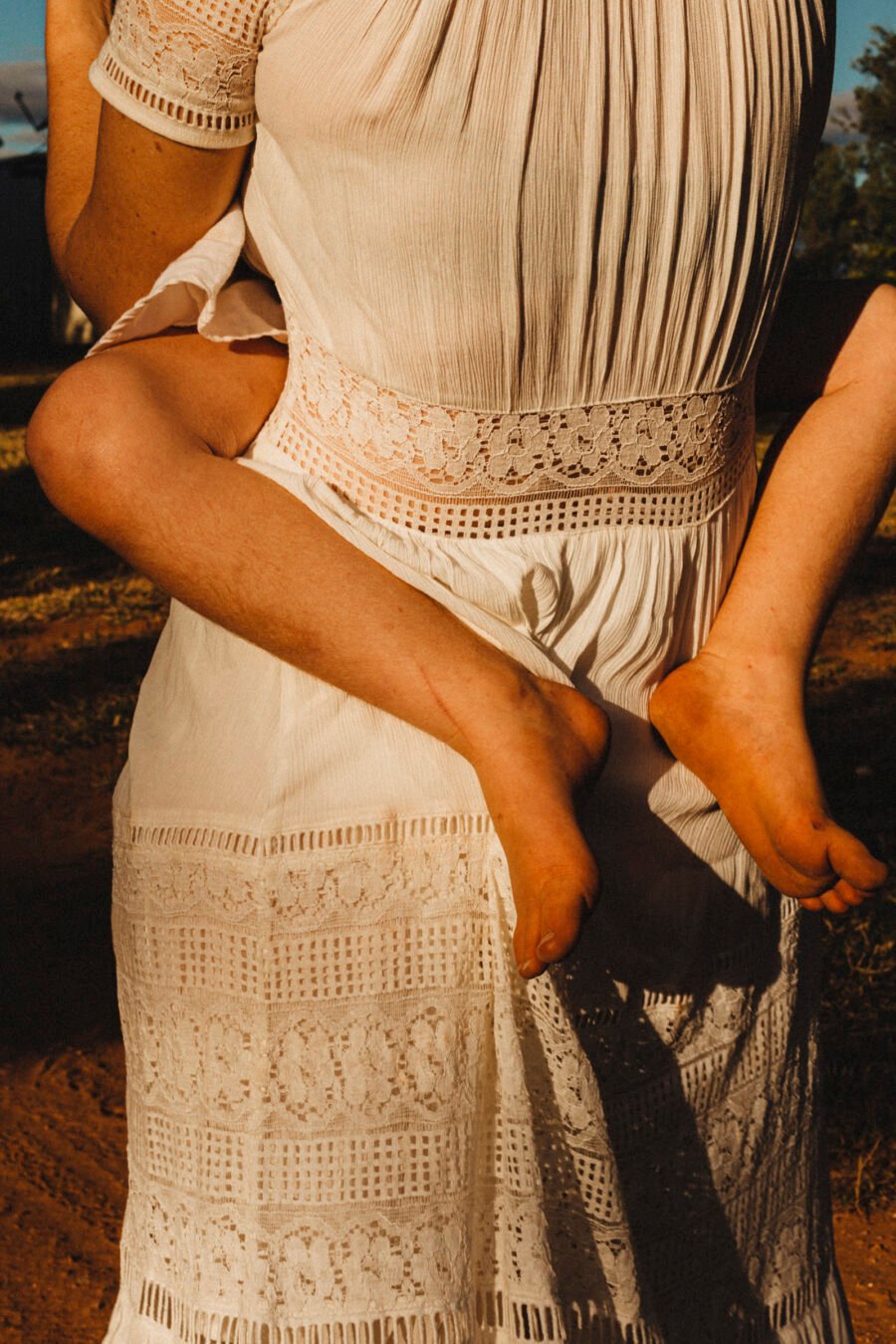
Photograph by Lisa Sorgini © The artist
A photograph of me as a child. I am in the bath at my grandparents’ house in Sydney. Patches of bubbles cling to my skin like the strategic gauze brushed over nude figures in classical paintings. I’m kneeling, but the bubbles are thick and my body is visible only from the navel up. My shoulder-length hair is still blond—it would darken in later years to a reddish-brown—and it is flipped over my head to one side. I have recently lost one of my two front teeth. You can see because I’m holding out bath toys to the camera, one…






























































































